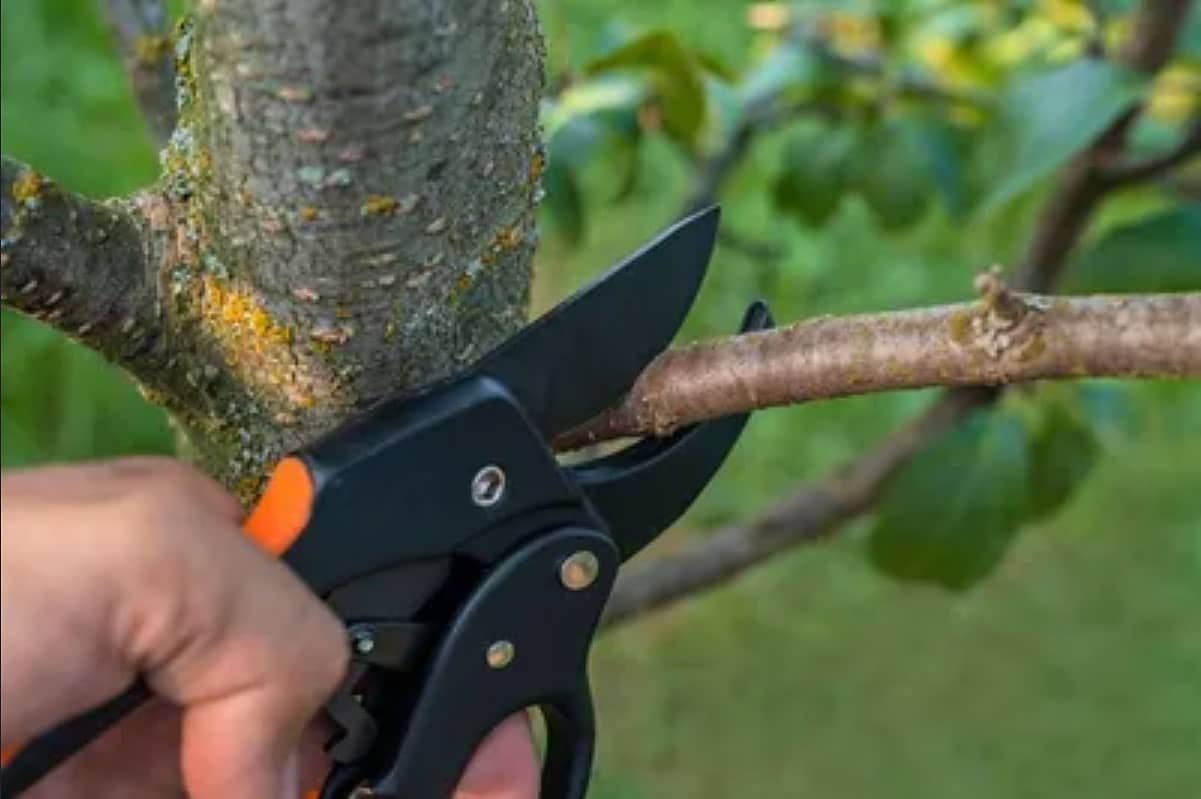Key Takeaways
- Selecting and planting the appropriate tree species lays the groundwork for robust, healthy urban trees.
- Consistent, skilled maintenance practices such as pruning, watering, and inspection are critical for tree longevity and safety.
- Proactive soil care and pest management protect against common threats and promote resilience.
Introduction
Trees play an irreplaceable role in urban and suburban settings, far surpassing their ornamental value. They significantly improve air quality by filtering pollutants, provide critical shade to cool neighborhoods, and offer habitats for a wide range of birds and beneficial insects. Their lush canopies reduce urban heat islands—areas where concrete and asphalt dramatically raise temperatures compared to surrounding areas. Additionally, trees help moderate stormwater runoff, increase property values, and create welcoming outdoor spaces, contributing to improved mental health and social well-being. Despite these advantages, city and suburban trees face intense challenges: restricted root zones caused by sidewalks and paved surfaces, exposure to higher pollution concentrations, road salt, compacted soils, and physical damage from construction or maintenance equipment. To ensure these valuable assets can flourish, proactive and knowledgeable care is vital. Working with professional tree services can deliver expert guidance and lasting solutions, protecting both property and the health of the urban ecosystem. Investing in tree care is crucial for maintaining vibrant landscapes that benefit families and communities for generations. Effective tree management is essential for maintaining healthy, resilient neighborhoods and requires a thorough understanding of urban forestry. It involves careful selection of tree species, precise planting methods, rigorous maintenance, and consistent monitoring. Soil health and community involvement are often overlooked, but are crucial for the long-term success of tree stewardship. Learning best practices or consulting with professionals is essential for maintaining lush yards, streets, and parks.
Selecting the Right Tree Species
The foundation of a sustainable urban or suburban landscape starts with the careful selection of tree species. Urban environments can be harsh, with heat, pollution, and limited space all contributing to the success or failure of a species. Start by examining your local climate—native and well-adapted species are more likely to establish quickly and remain vigorous in the face of stress. Assess the specific conditions of your growing site, including moisture, sunlight, and soil pH. Soil testing is invaluable; understanding whether your soil drains well or tends to remain wet helps match the right species to your conditions, reducing the risk of root rot or nutrient deficiencies. Consider the mature height and spread of each species to prevent future interference with sidewalks, foundations, or power lines, which can lead to costly maintenance or removal in the future. Instead of only sticking to popular favorites, consider resilient varieties like the Willow Oak, which is renowned for its elegance, adaptability, and durability in urban environments. Planting the right tree in the right place minimizes problems and sets the stage for decades of benefits.
Proper Planting Techniques
Planting a tree might seem simple, but following the correct steps is vital for its long-term health. The preparation begins even before the tree arrives, by clearing the site of debris and ensuring enough space for root expansion. This space must extend well beyond the roots’ initial reach to accommodate future growth. When digging the hole, measure carefully; it should be two to three times wider than the root ball to allow roots to explore the surrounding soil. However, keep the hole only as deep as the root ball itself, which is crucial for avoiding root settling and rot. During planting, handle the tree gently to prevent root breakage, and make sure the trunk flare is positioned at ground level. Backfill the hole with the original, unamended soil to encourage outward root development, which promotes stability. This practice also acclimates the roots to their environment, preventing them from circling or becoming pot-bound. After planting, water thoroughly to eliminate air pockets and help roots establish good soil contact. Mistakes made during this critical stage—such as planting too deep or using amended backfill—can stunt growth and cause long-term health and structural problems for the tree.
Regular Pruning and Maintenance
A tree’s need for attention doesn’t end with planting. Ongoing tree care, particularly pruning and inspections, plays a crucial role in maintaining the health and longevity of the tree. Pruning is best done during a tree’s dormant season, usually late winter, to minimize pest and disease risks and overall stress. Focus on removing weak, dead, diseased, or cross-growing branches that create hazards or block airflow. Thinning dense canopies improves light penetration and circulation, which can reduce disease incidence and foster a more robust internal structure, making the tree less likely to break during storms. One of the most damaging mistakes is topping—removing the main trunk or making random cuts causes disfiguring regrowth and increases susceptibility to decay. Thoughtful, regular pruning not only enhances the tree’s aesthetics but also its structural soundness, thereby minimizing safety concerns near homes, driveways, and walkways. Schedule regular inspections, especially after storms or major weather events, to catch structural weaknesses or pests before they escalate into more significant issues.
Effective Watering Strategies
Watering urban trees is more nuanced than simply turning on a sprinkler. Urban landscapes often prevent water from reaching roots naturally due to extensive paving or poor drainage. To establish healthy, drought-resistant roots, practice deep watering; this means applying water slowly and steadily so it penetrates several inches into the soil, encouraging roots to grow deeper where moisture is more stable. Consider the timing of your watering as well—early morning or evening is ideal, as it reduces lost water to evaporation and allows for better absorption. Using tools like moisture meters or soil probes can give you an accurate picture of when to water, preventing overwatering, which is just as damaging as drought. Monitor your landscape’s changing needs with the seasons—trees may need more water during hot, windy, or unusually dry periods. Smart, well-planned irrigation fosters lush canopies and guards against one of the most common causes of tree decline in city spaces: improper watering.
Soil Management and Mulching
Soil quality underpins every aspect of tree health, yet it’s frequently neglected in built-up areas. Construction, foot traffic, and even lawnmowers contribute to compacted soils that impede root growth and moisture infiltration. Combat this with regular soil aeration—mechanical or manual loosening of the soil around the root zone. Mulching is another powerful tool. A 2–3 inch layer of organic wood chips or composted mulch, spread in a wide, even ring around (but never touching) the trunk, conserves moisture, regulates temperature extremes, reduces competition from grass and weeds, and gradually improves organic matter as it breaks down. Beware of “mulch volcanoes,” where mulch is piled against the trunk, which can encourage rot, insects, and disease. Only fertilize based on soil test results, and always use slow-release formulations to nourish trees steadily, thereby reducing the likelihood of nutrient leaching and environmental runoff. Together, these soil management practices keep roots healthy and resilient, fueling vigorous growth above ground.
Community Involvement in Tree Care
Vibrant urban forests are a collective achievement. When communities work together to care for trees, the benefits multiply. Organize or participate in educational workshops to disseminate current information about planting, common pests, and pruning techniques. Community planting events not only increase tree canopy but also build relationships, fostering stewardship that ensures young trees are tended as they mature. Ongoing volunteer activities—such as mulching, watering, or organizing seasonal maintenance days—distribute the responsibility for care and instill a sense of pride in local green spaces. Engagement also leads to advocacy, where communities can push for increased city investment in trees or participate in policy-making for smarter, greener urban planning. By working together, communities sustain healthy trees that shade public spaces, line residential streets, and provide cleaner air and habitat for years to come.
Smart planning, dedicated care, and a shared sense of responsibility are the cornerstones of thriving urban and suburban landscapes. If you need guidance or prefer expert support for your landscape, consider reaching out to a reputable tree service. These specialists are equipped to handle everything from initial planting and pruning to soil testing and disease management, ensuring your trees continue to enrich your community and environment for generations to come.







